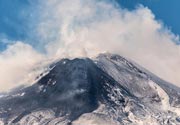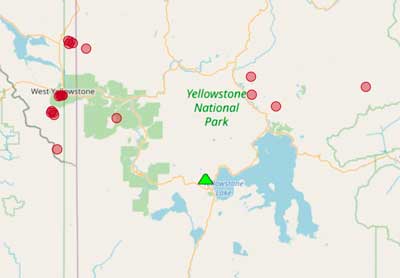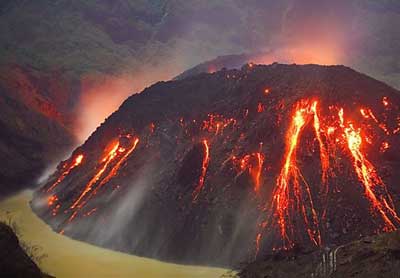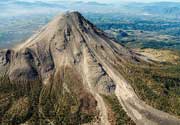Ixhuatan Volcano
Updated: Apr 24, 2024 12:16 GMT -
Complex 1675 m / 5495 ft
Guatemala, 14.16°N / -90.29°W
Current status: (probably) extinct (0 out of 5)
Guatemala, 14.16°N / -90.29°W
Current status: (probably) extinct (0 out of 5)
[smaller] [larger]
Ixhuatan volcano eruptions: None during the past 10,000 years
Less than few million years ago (Pleistocene)
Latest nearby earthquakes
| Time | Mag. / Depth | Distance / Location | |||
| Apr 18, 06:10 am (GMT -6) | 0.0 21 km | 17 km (10.3 mi) to the NW | Info | ||
Background
The low-angle, eroded Ixhuatán volcanic complex covers a broad area between Tecuamburro and Moyuta volcanoes, south of the major regional Jalpatagua fault. The dominantly andesitic volcano was assigned a Pliocene-Pleistocene age by Reynolds (1987), and a Potassium-Argon date of 1.160 +/- 0.050 million years was obtained by Duffield et al. (1989) on a lava flow. Silicic pyroclastic-flow deposits are found in the Río los Esclavos, west of the volcano. The youngest center is a dacitic lava-dome complex at Cerro los Achiotes. The domes and associated ashfall and ashflow deposits partially fill and extend from a horseshoe-shaped caldera that is breached to the SE and may have formed as a result of slope failure. A N-S-trending fault zone that cuts across the volcano was the site of a seismic swarm in 1979-80.---
Source: Smithsonian / GVP volcano information





